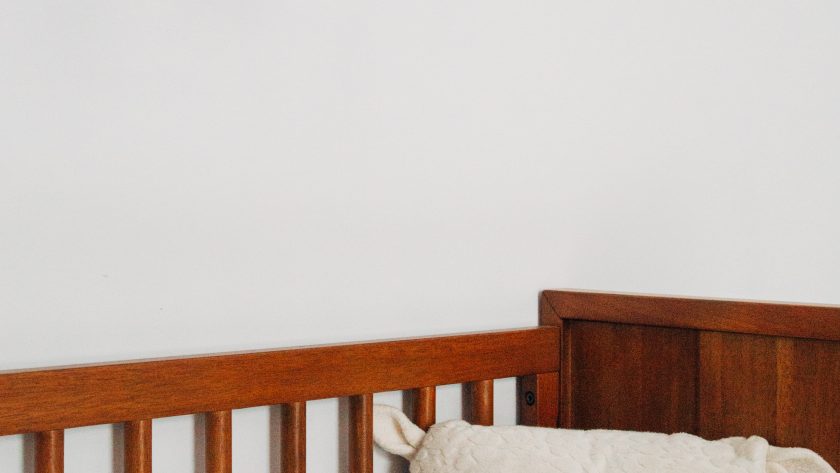Sudden Infant Death Syndrome (SIDS) is a heartbreaking tragedy that occurs when a seemingly healthy baby dies suddenly and unexpectedly, typically during sleep. The cause of SIDS is unknown, making it difficult to predict and prevent. Here we will explore what SIDS is, its risk factors, and strategies for reducing the risk of SIDS.
What is SIDS?
SIDS is defined as the sudden and unexpected death of an apparently healthy infant under one year of age. It’s a diagnosis of exclusion, meaning that it can only be diagnosed after other possible causes of death have been ruled out. SIDS usually occurs during sleep and is often discovered when a caregiver checks on the baby and finds them unresponsive.
Risk Factors for SIDS
The exact cause of SIDS is unknown, but some risk factors have been identified. These include:
- Sleeping on the stomach or side: Sleeping on the stomach or side increases the risk of SIDS.
- Soft bedding: Soft bedding, such as blankets, pillows, and stuffed animals, increases the risk of suffocation and SIDS.
- Overheating: Overheating can increase the risk of SIDS.
- Smoking: Exposure to cigarette smoke before and after birth increases the risk of SIDS.
- Prematurity: Premature infants are at higher risk of SIDS.
- Family history: Infants with a family history of SIDS are at higher risk.
- Male gender: Male infants are at higher risk of SIDS.
Reducing the Risk of SIDS
While the exact cause of SIDS is unknown, there are strategies that can help reduce the risk of SIDS. Here are some tips for reducing the risk of SIDS:
- Place your baby on their back to sleep: The safest sleeping position for babies is on their back.
- Use a firm, flat sleep surface: A firm, flat sleep surface, such as a crib mattress, is the safest place for a baby to sleep.
- Keep soft objects out of the crib: Soft objects, such as blankets, pillows, and stuffed animals, increase the risk of suffocation and SIDS.
- Don’t let your baby overheat: Keep the room temperature comfortable and dress your baby in light clothing.
- Don’t smoke or expose your baby to smoke: Exposure to cigarette smoke before and after birth increases the risk of SIDS.
- Breastfeed your baby: Breastfeeding may reduce the risk of SIDS.
- Offer a dummy at bedtime: Using a dummy at bedtime may reduce the risk of SIDS.
It’s important to note that these strategies can help reduce the risk of SIDS, but they cannot completely eliminate it. If you have concerns about SIDS, talk to your health visitor. They can provide guidance on reducing the risk of SIDS and address any concerns you may have.
You can find more information at www.lullabytrust.org.uk



